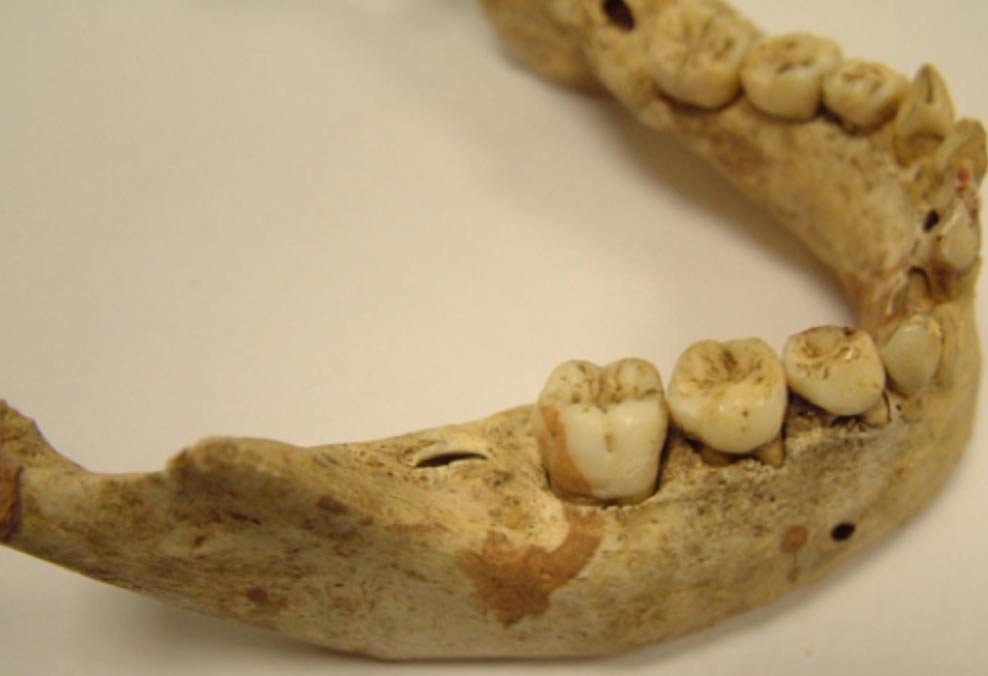Studying foods people ate is an important step towards learning more about ancient cultures. Historians try to piece together what foods ancient people ate, preparation methods, and the foods people avoided to try to gain insight into ancient cultures as a whole. This information can help to provide a more comprehensive view of how ancient cultures lived, and how they evolved into modern times. Foods can be studied by viewing ancient texts, the discovery of bones and eating utensils from ancient meals, and studying teeth from ancient individuals.
A recent study conducted on the teeth from children living during the 11th through 16th centuries provides insight into the foods those children ate, and the impact that socio-economic status may have had on their diet. According to Daily Mail, the teeth were studied through the use of 3D microscopic imaging. The testing, known as dental microwear texture analysis, measures microscopic changes in the surface of teeth. By using this testing, scientists were able to study the enamel from children's molars without damaging the teeth.
To conduct the study, scientists utilized teeth found at St Gregory's Priory and Cemetery in Canterbury, England. Teeth were taken from 44 children, all aged between 1 and 8 years old when they died. By comparing these imaging results to the imaging results from the teeth of modern-day children, the researchers were able to make comparisons and draw conclusions on how diet had changed.

The study revealed that children were typically weaned by the age of one, and subsequently fed a diet comprised of pap and panada. Pap is a mixture of milk, flour, and egg yolk, and panada is bread, broth, and butter. As the children got older, they were fed a greater variety of more complex foods, advancing to foods like meat and pottage - a meat and vegetable stew - by age 6, and adult foods by age 7. This is in drastic contrast to modern-day children, who eat a great variety of foods, many of which are processed.
Read the rest here




Reader Comments
to our Newsletter